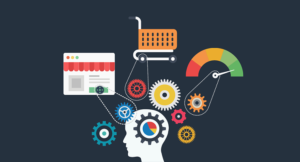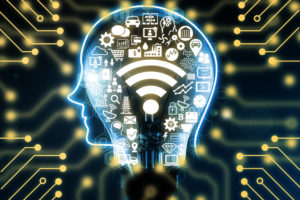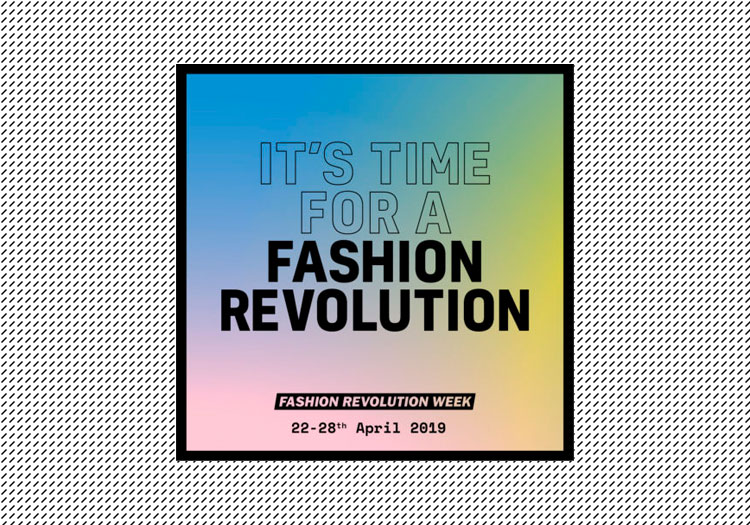Technology has made us a global community in the literal sense of the term. Mankind now has a completely integrated information marketplace capable of moving ideas to any place on this planet in minutes. Ideas will flee from manipulation or onerous regulation of its value or use and no government can restrain it for long.
Human experience has shown that every technological change brings with it some unforeseen problems, taking advantage of which the law breakers explore new techniques to perpetrate their criminal activities. Internet is one such grey area, which has given rise to the menace of cybercrimes. The computer based global communication system has crossed the territorial borders thus creating a distinct field for online activity warranting global attention.
As a saying in criminology goes – “a crime will happen where and only when the opportunity avails itself.” Until recently, we were aware of only traditional types of crimes like murder, rape, theft, extortion, robbery, dacoity etc. But now with the development and advancement of science and technology there came into existence machines like computers and facilities like internet. The internet has opened up a whole new virtual heaven for the people good and bad, clever and naive to enter and interact with lot of diverse cultures and sub-cultures, geography and demographics being no bar. The very same virtues of internet when gone in wrong hands or when exploited by people with dirty minds and malicious intentions, make it a virtual hell. Stories of copyright theft, hacking and cracking, virus attacks and plain hoaxes etc. have mounted up in the last few years. It is fascinating to study cyber offences like cyber hacking, cyber fraud, cyber pornography, cyber terrorism, cyber stalking, cyber ragging etc. and also the European, UK and Indian approaches towards these offences.[1]
Despite such a great influence of computers and internet on day-to-day lives, the fact remains that only a fraction of people know what computer and internet is all about? There is a paucity of systematic study which elaborately discusses the basic concepts of cyber world like meaning, evolution, generations, types, characteristics and major components of computers; forms of networks, history of Internet in India, services and limitations of Internet etc.
Internet in the present millennium has become all pervasive and omnipresent. Internet in a sense is analogous to the high seas which no one owns yet people of all the nationalities use it. Cybercrimes have emanated from development of Internet or in simple language we can say from computer network. Cybercrime is an inevitable evil having its origin in the growing dependence of mankind on computer in modern life, the reason being that computers despite high technology devices are extremely vulnerable. Thus, whenever any crime or criminal activity takes place with use of computer, it constitutes a cybercrime. It is for that reason cybercrime is defined as an unlawful act wherein the computer is either tool or target or both.
Cybercrimes are such harmful activities in the cyberspace which may cause damage to a person, property or even the state or society. . there are many cybercrimes which are being committed by offenders all over the world using computer technology. Being radically different from the conventional crimes, the law enforcement agencies find it difficult to tackle cybercrimes with existing infrastructural mechanism because of lack of adequate knowledge about the computer operating system.
The ‘Cyber Manthan’ has bestowed many gifts to humanity but they come with unexpected pitfalls. It has become a place to do all sort of activities which are prohibited by law. It is increasingly being used for pornography, gambling, trafficking in human organs and prohibited drugs, hacking, infringing copyright, terrorism, violating individual privacy, money laundering, fraud, software piracy and corporate espionage, to name a few.
A legal framework for the cyber world was conceived in India in the form of E- Commerce Act, 1998. Afterwards, the basic law for the cyberspace transactions in India has emerged in the form of the Information Technology Act, 2000 which was amended in the year 2008. The IT Act amends some of the provisions of our existing laws i.e. the Indian Penal Code, 1860; the Indian Evidence Act, 1872; the Bankers Book Evidence Act, 1891 and the Reserve Bank of India Act, 1934. Though since 2000 the IT Act is in place in India for curbing cyber crimes, but the problem is that still this statute is more on papers than on execution because lawyers, police officers, prosecutors and Judges feel handicapped in understanding its highly technical terminology.
Due to the global nature of this crime it is required to have policing at international level as also active cooperation of the international community. The European Convention on Cybercrime, 2001 was one of the many praiseworthy attempts to tackle this crime, as it laid down guidelines to be followed by the member states in combating cybercrime. The convention not only dealt with the changes and improvements in the substantive part of criminal law but also referred to the procedural aspect which must be taken into consideration while restructuring the existing law to meet the current needs of developing technology. Out of variety of crimes, the convention chose ten specific cybercrimes and urged the member states to include them in their information technology laws and provide a concrete mechanism to fight against them. The crux of the matter is that uniformly accepted standard cybercrime preventive laws should not vary from place to place. In other words, uniformity is ensured with reference to substantive cyber laws of various nations.
The countries which have updated their cyber law to suit the needs of developing computer technology are notably, United States, Canada, Australia, Japan Germany and other European countries. So far as India is concerned, it has introduced a comprehensive information technology law by amending the principle Information Technology Act, 2000 by the I.T. (Amendment) Act, 2008 w.e.f 5th February, 2008. The amending Act has inserted as many as 15 new cybercrimes which are punishable under the I.T. Act. Apart from these crimes, as many as 21 provisions has been added in Indian Penal to include within its ambit, certain criminal acts relating to cyberspace and electronic media; e.g. Sec 29-A which specifies that where the words ‘record’ or ‘document’ occurs in the code, it shall include an electronic record or document.
The scope & extent of cyber crimes is also other problem which is extremely alarming. The threat which started as simple form of Hacking done by some computer geeks for fun has now taken one of form as Cyber Terrorism, which need no special explanation about level of devastation which it can create. Extent of cyber crimes have went from few Thousand Dollar financial losses to Billon Dollar losses; from privacy threats to big multinationals to each and every individual today having a smart phone with them today.
Broadly speaking, the law enforcement agencies all over the world are confronted with four major problems while dealing with cybercrimes in a network environment; which are technical, legal, operational and jurisdictional in nature.
Technical challenges are cybercrimes such as; hacking, stealing data, espionage, exchange of pornographic material, blackmailing etc involve detection of source of communication which is a complicated task. Therefore, the cyber criminals find it easy to impersonate on the internet and hide their identity.
Further complicating cyber crime enforcement is the area of legal jurisdiction. Like pollution control legislation, one country cannot by itself effectively enact laws that comprehensively address the problem of internet crimes without cooperation from other nations. While the major international organizations, like the Organisation for Economic Co-operation and Development (OECD) and the G-8, are seriously discussing cooperative schemes, but many countries do not share the urgency to combat cyber crimes for many reasons, including different values concerning piracy or espionage or the need to address more pressing social problems. These countries, inadvertently or not, present the cyber criminal with a safe haven to operate. Never before has it been so easy to commit a crime in one jurisdiction while hiding behind the jurisdiction of another. Though the issue of jurisdiction in cyberspace cannot be settled spontaneously, but still a global effort in this direction is the need of hour.[2] The researcher has made an attempt to exhaustively analyze these jurisdictional riddles and has suggested the evolution of a uniform international law applicable to transnational cyber crimes.
The legal challenge emerges from the fact that cyber criminality is no longer confined to the developed countries alone but it has assumed global dimensions in recent decades. The conventional legal techniques of investigation of cybercrimes are inadequate particularly, in case of cross country crimes. The problem becomes more complex because of lack of any universally accepted definition of cybercrime.
The operational challenges faced by the law enforcement agencies because of lack of adequate cyber forensic technology for dealing with cybercrimes constitute another in-road which renders it difficult to collect and preserve sufficient evidence against the person accused of cybercrime, thereby resulting in his/her acquittal by the court.
The jurisdictional challenges impending the efficient handling of cybercrime investigation result out of widespread inter-connectivity of the computer networks and the supporting infrastructure such as tele-communication, information dissemination on website etc. In case of cross-country cyber dispute or crime, the problem often arises as to the law of which country would be applicable to the case in hand.
Hence, all such matters of new cyber crimes and problems involved give rise to new bulging dimensions to cybercrimes. How far national and international efforts are compatible in dodging them is to be seen. Meanwhile a regular cyber space citizen should take proper precautions and care to avoid nasty loss of property and life too by becoming the victim of cybercrimes.










